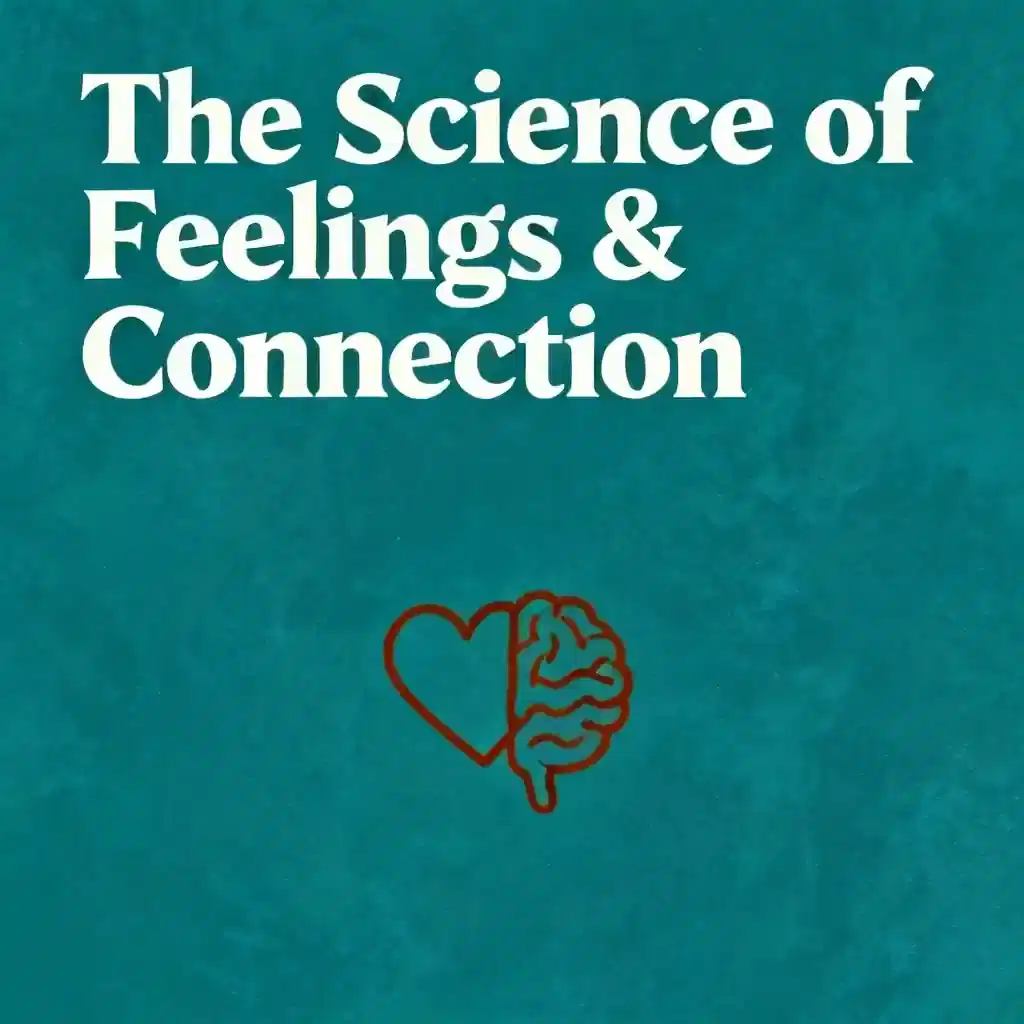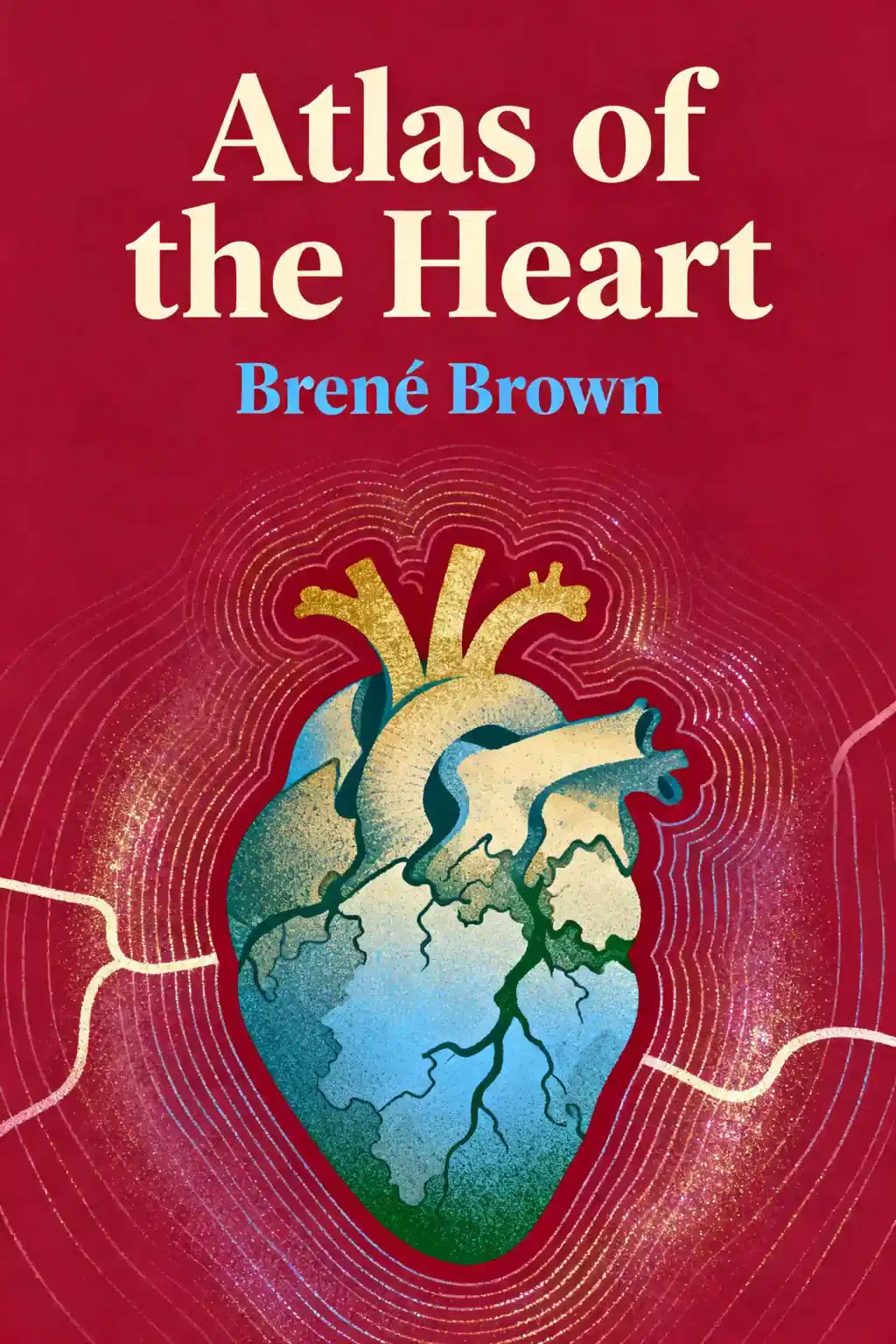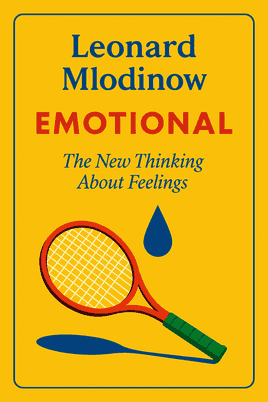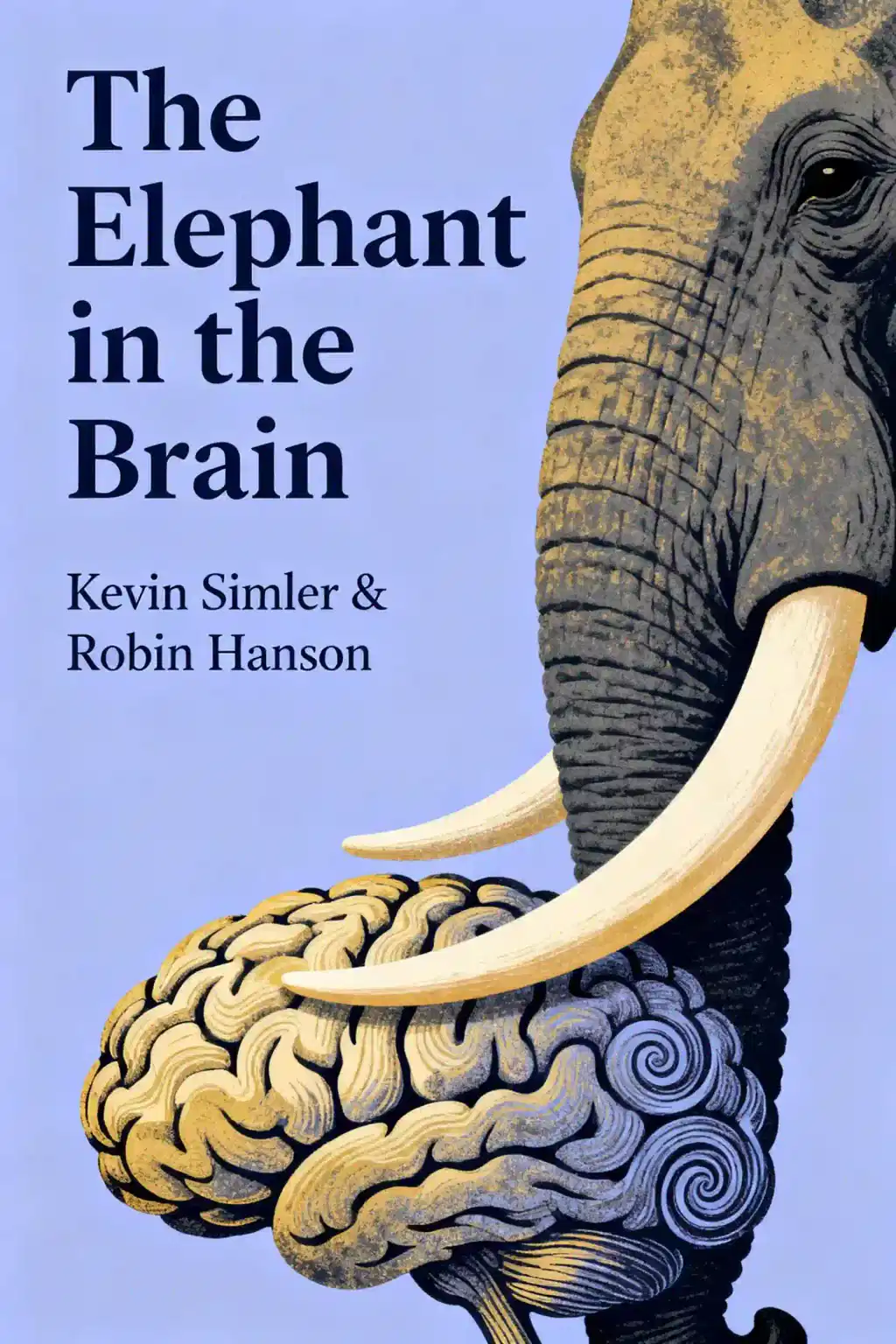What is Molecules of Emotion by Candace B. Pert about?
Molecules of Emotion is a groundbreaking book that combines memoir, science, and mind-body medicine to explain how emotions are biological processes mediated by neuropeptides and their receptors throughout the body. Candace B. Pert chronicles her discovery of the opiate receptor in 1972 and demonstrates how emotions are not just mental experiences but physical molecules that communicate information between the mind and body, revolutionizing our understanding of health and consciousness.
Who should read Molecules of Emotion by Candace Pert?
Molecules of Emotion is ideal for readers interested in holistic health, neuroscience, and the intersection of emotions and physical wellness. This book appeals to healthcare professionals exploring integrative medicine, individuals curious about psychoneuroimmunology, and anyone seeking a scientific foundation for mind-body healing practices. It's also valuable for those interested in women's experiences in science and the politics of academic research, as Pert candidly shares her struggles navigating a male-dominated scientific community.
Is Molecules of Emotion worth reading?
Molecules of Emotion is worth reading for its pioneering insights into how emotions function as biochemical messengers in the body, a concept that was revolutionary when published in 1997. However, readers should expect a hybrid format—the book is part memoir, part scientific explanation, with significant focus on Pert's personal journey and academic struggles rather than pure scientific content. The mind-body concepts remain compelling and influential, though some readers find the autobiographical elements overshadow the scientific material they anticipated.
Who is Candace B. Pert and why is she significant?
Candace B. Pert (1946-2013) was a pioneering neuroscientist and pharmacologist who discovered the opiate receptor at age 26 while a graduate student at Johns Hopkins in 1972. Her groundbreaking research revolutionized neuroscience by proving the existence of receptor sites where opioids and endorphins bind to cells, enabling the development of modern psychopharmaceuticals from Prozac to OxyContin. Pert became known as the "Mother of the Mind-Body Revolution" for establishing the scientific foundation of integrative medicine and psychoneuroimmunology.
What is the main theory in Molecules of Emotion?
The central theory in Molecules of Emotion is that emotions are not abstract mental states but physical molecules called neuropeptides that flow throughout the body and bind to cellular receptors, creating what we experience as feelings. Candace Pert argues that the body is essentially "the subconscious mind made flesh," meaning emotions are stored and expressed at the cellular level throughout the entire body, not just in the brain. This revolutionary concept dismantled the traditional mind-body dichotomy and established that emotional health and physical health are fundamentally interconnected through biochemical information systems.
What are neuropeptides and why do they matter in Molecules of Emotion?
Neuropeptides are small protein-like molecules that act as chemical messengers throughout the body, carrying information that influences both physical and emotional states. In Molecules of Emotion, Candace Pert explains that these molecules and their cellular receptors form an information network connecting the nervous system, immune system, and endocrine system. This discovery revealed that emotions are not produced solely by the brain but are felt expressions of neuropeptides that constantly flow through the body, dynamically changing cellular behavior moment-to-moment and affecting overall health.
How does Molecules of Emotion explain the mind-body connection?
Molecules of Emotion explains the mind-body connection through the discovery that neuropeptides and their receptors create a bidirectional communication network linking thoughts, emotions, and physical health. Candace Pert's research demonstrated that peptides found in the brain also exist throughout the body, meaning emotions are not confined to mental experience but are biochemical events occurring in every cell. This understanding replaced the outdated Cartesian dualism that separated mind from body, showing instead that consciousness and physiology form an integrated information system where emotional states directly influence immune function, healing, and disease.
What are the main criticisms of Molecules of Emotion?
The primary criticism of Molecules of Emotion is that it's misleading in scope—readers expecting a deep dive into the science of emotions instead encounter a memoir heavily focused on Candace Pert's personal journey, career struggles, and battles with sexism in academia. Some reviewers found the scientific explanations too technical while others felt they lacked sufficient depth, and the book occasionally ventures into territory some consider "woo-woo" with its spiritual elements. Critics also note Pert's writing can be imprecise with occasional contradictions, and the book devotes considerable space to academic politics and personal grievances rather than systematic exploration of emotional biochemistry.
What is the opiate receptor discovery and why is it important?
The opiate receptor discovery, made by Candace Pert in 1972 at Johns Hopkins, identified the specific cellular binding sites where opioids and the body's natural painkillers (endorphins) attach to cells to produce their effects. This breakthrough revolutionized neuroscience and pharmacology by enabling scientists to design targeted drugs including antidepressants, pain medications, and treatments from Prozac to Viagra to OxyContin. Tragically, while initially touted as a step toward ending heroin addiction, Pert's discovery inadvertently helped spawn the modern opioid epidemic by making it possible to engineer highly addictive synthetic opioids.
How does Molecules of Emotion address the politics of science?
Molecules of Emotion provides a candid exposé of the competitive, male-dominated world of scientific research, revealing how intellectual warfare, credit-stealing, and political maneuvering shaped major discoveries. Candace Pert describes being denied proper recognition for discovering the opiate receptor, facing sabotage from mentors and colleagues who profited from her brilliance, and experiencing systematic sexism as one of the few women in molecular biology during the 1970s and 1980s. The book illustrates the painful reality that scientific advancement often depends as much on navigating institutional politics and ego battles as on actual research excellence.
What does Candace Pert say about alternative medicine in Molecules of Emotion?
In Molecules of Emotion, Candace Pert bridges conventional science with holistic healing practices by showing how energy medicine, meditation, and integrative therapies work on the same neuropeptide principles her research identified. She evolved from a "hard core materialist" to embracing spiritual dimensions of healing while maintaining scientific rigor, arguing that practices like yoga and mindfulness have measurable effects on the body's peptide information systems. Pert was pioneering in giving scientific rationales to holistic approaches that were dismissed as pseudoscience, though some critics felt she ventured too close to unproven alternative treatments, particularly with her controversial AIDS drug Peptide T.
Why is Molecules of Emotion still relevant in 2025?
Molecules of Emotion remains relevant in 2025 because its core insights about psychoneuroimmunology and the biochemical basis of emotions have become foundational to integrative medicine, mental health treatment, and wellness culture. Candace Pert was "30 years ahead of her time," predicting the mainstream acceptance of mind-body practices, trauma-informed care, and holistic healthcare that define modern wellness. Her work also provides critical context for understanding today's opioid crisis, as her receptor discovery enabled the development of both life-saving medications and dangerously addictive drugs—a duality that highlights ongoing tensions between pharmaceutical innovation and public health.

























